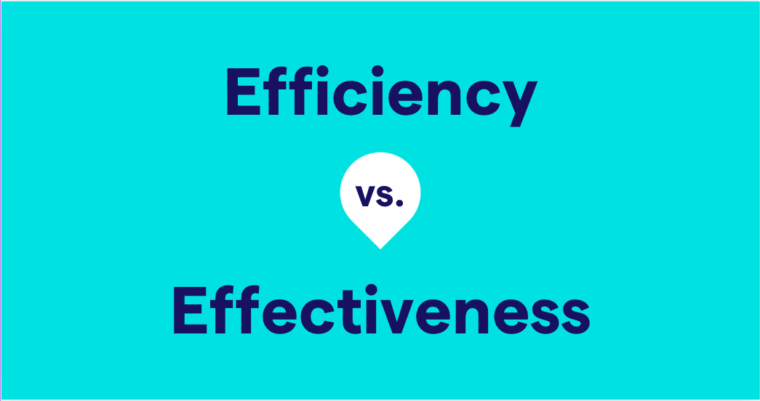
Has and have are two of the English language’s most popular words to describe possession. But just because these words are used in everyday conversation doesn’t mean we’re familiar with the grammar rules on how to use them correctly.
Has and have are both forms of the verb to have, but they are used in different grammatical contexts. Has is used with singular subjects and with the pronouns he, she, and it. Have is used with plural subjects and with the pronouns I, you, we, and they. To have is an irregular verb, which means conjugating it correctly can be challenging because the verb doesn’t follow the usual rules for verb endings.
Let’s explore when and how to use these two words correctly so you always choose the right one.
When to use has vs. have
The choice between has and have depends on the subject of the sentence.
Has is a conjugation of the verb to have that is used when referring to someone or something in the third person singular. Has is commonly used with the pronouns he, she, and it, which are all singular. If you are referring to one person or thing, and you aren’t using I or you to refer to them, then use has.
Has in a sentence
- She has a geometry test this afternoon.
- Martín has a tall, slender build.
- The cat has already eaten.
Have is another conjugation of to have that is used in three main scenarios: When using the first person (I, we), when using the second person (you), and when using the third person plural (they).
Unlike has, which is used with singular subjects and pronouns, have is used with plural subjects and certain pronouns such as I, you, we, and they.
Have in a sentence
- I have a serious question for you.
- Do you have any money for gas?
- They have a wonderful tasting menu that pairs with wine.
How to use has and have with other verbs
For every sentence that denotes possession, there are other sentences that use additional verbs and complicate the verb to have. Here are some of the ways has and have can be combined with over verbs:
To indicate possibility
One way has and have combine with other verbs is to indicate something that hasn’t happened yet (but could) or a possibility.
- You have to take out the trash.
- The puppy has to go on a morning walk.
To describe a completed action
Another way has and have combine with other verbs is to communicate that the action of a verb was completed prior to the present moment. This will effectively create what’s called the perfect present tense, involving a more complex time relationship and pairing a verb with has, had, or had.
- We have waited for a response from customer service for hours.
- Shayla has told me this story once before.
- She has played piano for three years.
How to remember when to use has vs. have
If you’re still struggling with knowing when to use has vs. have, don’t fret! Here are two helpful tricks to help you remember the right one to choose:
Tip #1: Make sure the subject and verb agree.
Remember that has is used with singular subjects (he, she, it) while have is used with plural subjects (we, they). Pay attention to the subject of the sentence, and that will tell you which form of the verb to have is correct.
Tip #2: Has is only used with third person singular subjects.
When the subject of your sentence is a third person singular subject or pronoun (he, she, it), you should always use has. Have, on the other hand, can be used with both first and second person subjects (I, we, you, they).
Has vs. have examples
To further illustrate the differences and proper usages of has versus have, here are several examples of sentences featuring each of these verbs.
Has
- The lake house has a lot of bedrooms.
- So far, the film has received positive reviews.
- Marley’s restaurant has a terrific selection of desserts.
- He has visited Paris several times.
Have
- The kids have been playing outside all day.
- I have several meetings on Friday.
- They have completed the project ahead of schedule.
- Pedro and Lana have been living in the city for five years.
Has and have
- She has a car, but I only have a bike.
- I have cooked dinner, and he has set the table.
- Leon has a guitar, and the neighbors have a piano.
- He has many choices but you have one.
Has vs. have FAQs
What’s the difference between has and have?
The main difference between has and have depends on the subject of a sentence. Has is used with singular subjects and with the pronouns he, she, and it. Have is used with plural subjects and with the pronouns I, you, we, and they.
When should you use has?
Use has when talking about someone or something else in the third person singular, or when referring to just one person or thing. Has should be used with he, she, and it to show possession in the present tense.
When should you use have?
Use have when referring to yourself in the first person (I, we), when addressing someone directly in the second person (you), or when referring to multiple people in the third person plural (they). Have should be used with I, you, we, and they.






